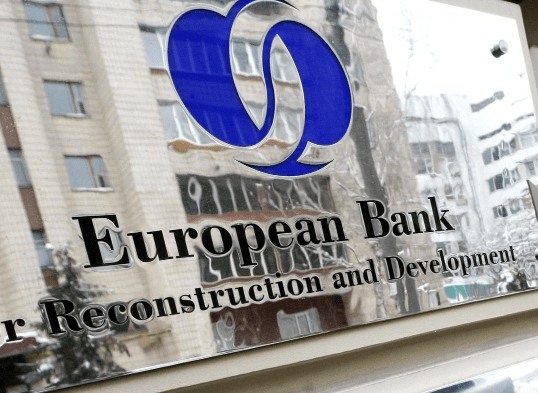The European Bank for Reconstruction and Development (EBRD) has modestly revised its 2025 growth forecast upwards for the first time in over a year, offering a glimmer of hope for its member countries.
However, the optimism is tempered by the looming threats of rising tariffs, inflation, and war-related disruptions, which are expected to slow progress beyond next year.
The EBRD now expects economies across emerging Europe, Central Asia, the Middle East, and Africa to grow by 3.1% in 2025, slightly above previous estimates. Yet, the outlook remains far from uniform.
Emerging Europe Falls Behind
Despite the overall positive revision, countries in emerging Europe including Poland, Hungary, and Romania — are lagging behind their counterparts in Central Asia, Sub-Saharan Africa, and Turkey.
These regions are forecasted to see stronger momentum due to differing economic pressures and fewer fiscal constraints.
“A story of multiple pressure points, and a story of divergence in performance between emerging Europe and our other regions of operations,” said Beata Javorcik, EBRD’s Chief Economist, in an interview with Reuters.
The 2025 estimate excludes newly joined EBRD members such as Iraq, Nigeria, Kenya, and Ghana, though these countries are included in other parts of the report, marking their first mention since joining.
Debt distress, surging inflation, and trade tensions threaten to drag down economic progress across EBRD regions. A mixed bag of challenges could stall the fragile recovery.
Mounting Debt and Fiscal Squeeze
A major concern flagged in the report is the surging public debt across EBRD nations. In several cases, debt-servicing costs are rapidly climbing and becoming a significant drain on national budgets.
“There has been a shift in the mindset of policymakers globally who suddenly act as if debt sustainability is no longer a concern … as if everybody has forgotten the recent experience of Greece,” Javorcik remarked.
Debt-to-GDP ratios are alarmingly high, hovering around levels last seen in 1990. Servicing this debt is becoming increasingly costly. Egypt, for example, now spends a staggering 14% of its GDP just on interest payments. In contrast, Hungary allocates around 4%, while Poland sits lower at 2%.
Inflation Rebounds, Raising Concerns
The average inflation rate across EBRD territories hit 6.4% as of July 2025 well below the crisis-era high of 17.5% in 2022, but still uncomfortably elevated. Worryingly, this inflation is now demand-driven, reflecting more generous government spending rather than temporary supply shocks.
Javorcik noted that although U.S. imports from EBRD countries rose earlier this year, the spike was primarily seen in the first quarter, before tariffs began to bite.
“Going forward, we are going to see the impact of tariffs biting,” she warned.
Ukraine and Russia Face Bleak Prospects
Not all countries in the EBRD’s orbit are seeing light at the end of the tunnel. Ukraine’s 2025 growth forecast was cut again, hampered by an unrelenting war, now approaching its fourth year, compounded by poor harvests and a tightening labour market.
Russia isn’t faring much better. Economic momentum is stalling amid strained public finances and a mounting list of restrictions on oil and gas exports.
“There is an uncomfortable combination of still-high inflation … and a slowdown in growth. Russia may be heading towards stagflation,” Javorcik said.
What Lies Ahead?
The EBRD’s cautiously optimistic revision reflects resilience in many of its regions, but the path forward remains fraught. The triple threat of rising debt, inflation resurgence, and geopolitical instability continues to shadow any recovery narrative.
For investors, policymakers, and citizens across the EBRD zones, 2025 may be a year of progress — but with warning signs flashing red for 2026 and beyond.






